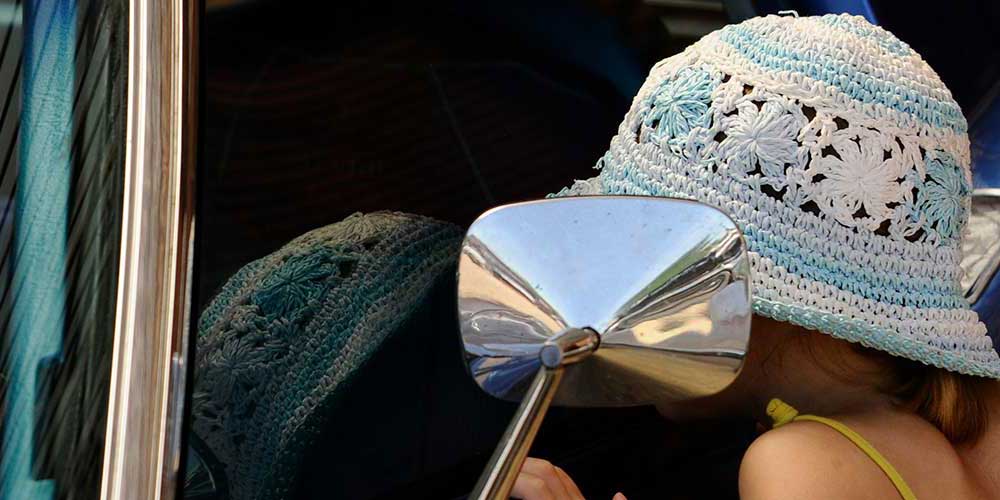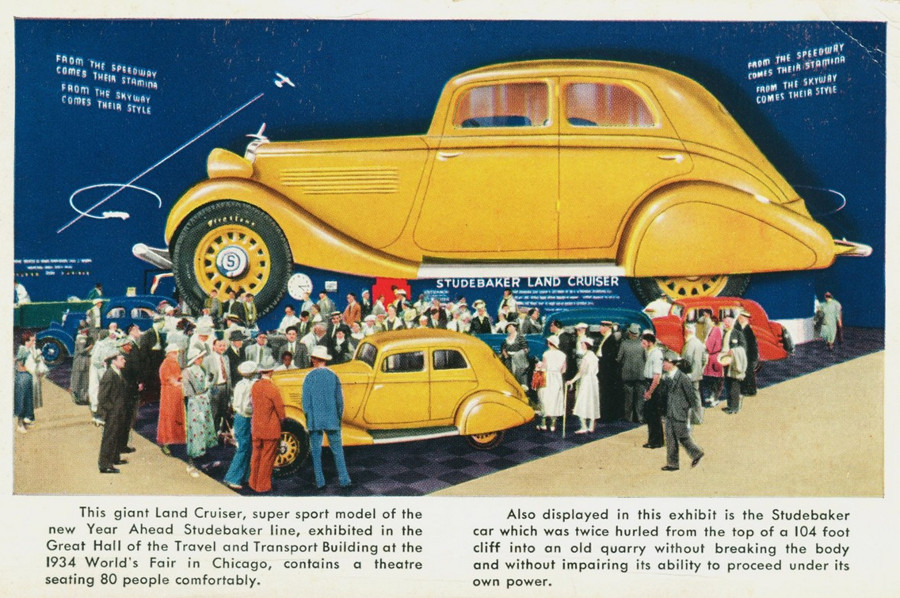By Robert Tate, Automotive Historian and Researcher
Images Courtesy of Robert Tate's Collection
Published 08.01.2018
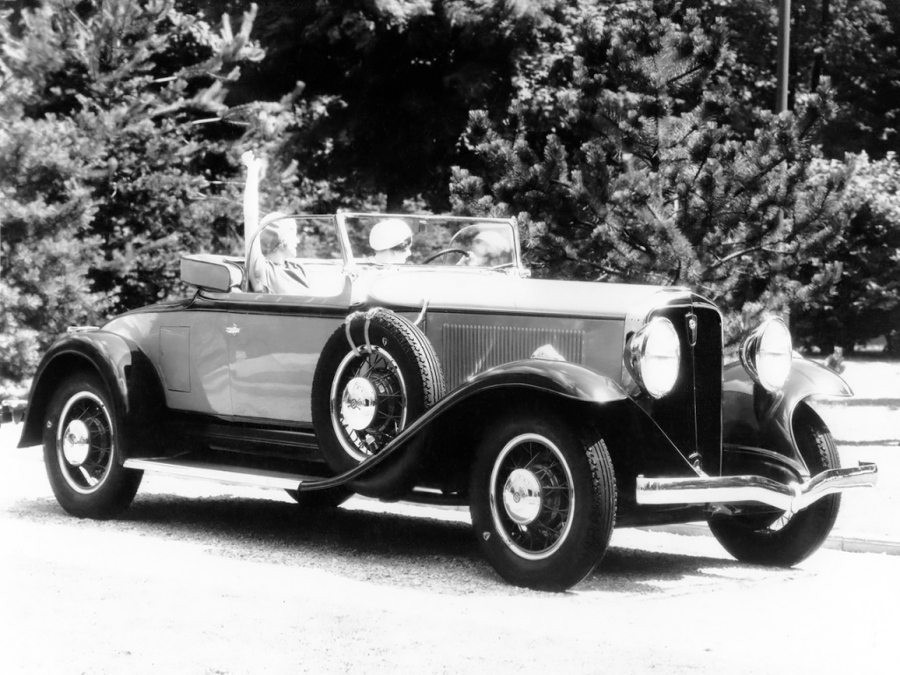
The Studebaker automobile company had a long and mostly successful history when it came to automobile manufacturing. This story is about the Studebaker Company’s early years during the 1930s.
The 1930s were part of the automobile “golden age,” but many Americans were negatively affected by the economy during the Great Depression. Some automotive historians have said that Studebaker’s South Bend plant manufactured more exciting, sophisticated, soul-satisfying automobiles in this period than in any other comparable span in its history.
Barney Roos, who joined Studebaker as chief engineer in 1926, created the President Eight automobile. Many consumers were very fond of its great styling and engineering. The V-shaped radiators, larger radiator caps and oval shaped headlights were great added design features.
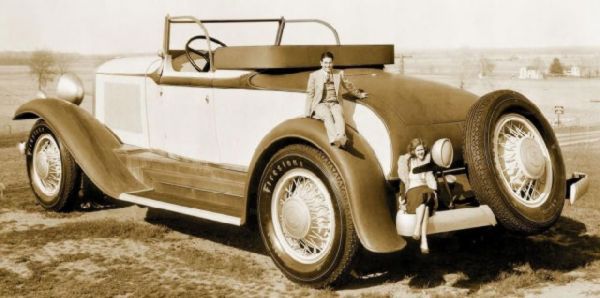
For 1934, Studebaker introduced its moderate streamlining design. After making a successful debut at the New York Auto Show in January 1934, the Land Cruiser models entered the production process. The Land Cruiser offered a new wrap-around rear window design, that was new and striking to see.
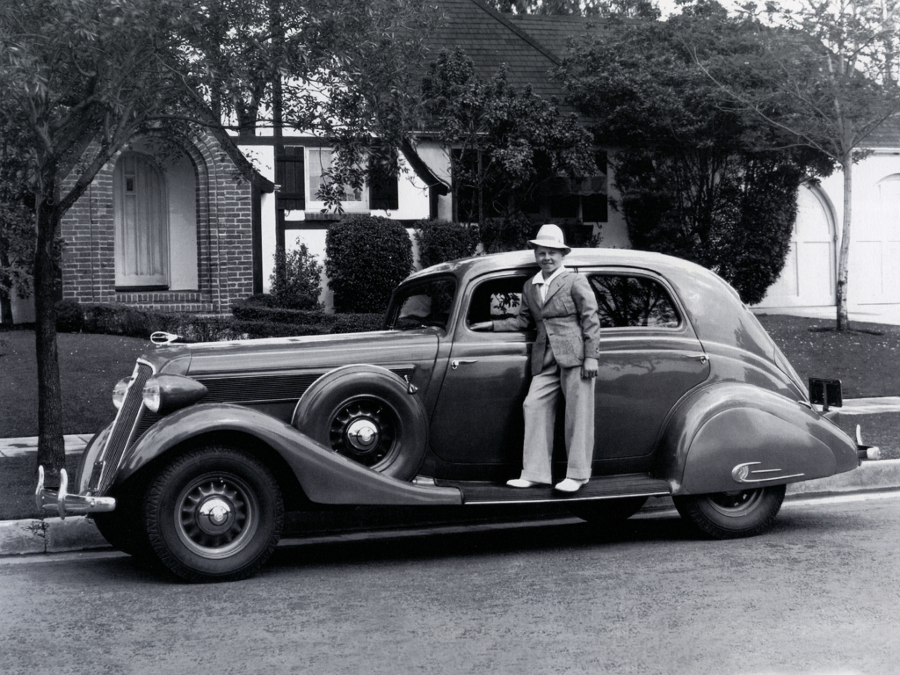
During the 1930s, famous movie stars like Mickey Rooney and singer Kate Smith of CBS Radio became part of Studebaker's advertising. One Studebaker ad campaign that was very effective was the construction of a large-scale gigantic 1931 President Eight model. The model was created by the prototype department in South Bend, home of Studebaker’s corporate office by Paul Auman. It was a great monument to the company for three years. The model was built of wood and assembled on the Studebaker site. Firestone supplied the mock-up tires, and Studebaker employees completed its assembly. Unfortunately, after 1934, the model was totally destroyed. Today, the giant Studebaker is a part of their history. Another enormous model of the 1934 Studebaker Land Cruiser was used for marketing purposes, as part of the “1934 Century of Progress International Exposition.”
Asa E. Hall and Richard M. Longworth, authors of The Studebaker Century: A National Heritage said this about Studebaker in 1933: “With $6 million in overdue loans, Studebaker entered receivership in March 1933. Harold Vance and Paul Hoffman got the lines moving by April, sold Pierce-Arrow for cash, and netted an April profit and obtained new loans. By 1935, the dynamic duo had Studebaker healthy and vital again. This was a crucial time in America’s history because of the Great Depression.”

During the middle of the year in 1939, Studebaker announced an all new car, a model that would help them for years to come. The new Champion was available in six great looking models ranging from the $660 Business Coupe to the $800 DeLuxe Cruising Sedan with its great styling. The great looking and efficient 1939 Studebaker Champion models were designed by the Loewy Studios and engineered by Barney Roos. In 1939, 34,000 Champions were manufactured and sold. Overall Studebaker production in 1939 increased 82.5 percent to 85,384 units, which helped the company earn the number eight spot in the automotive industry standings.
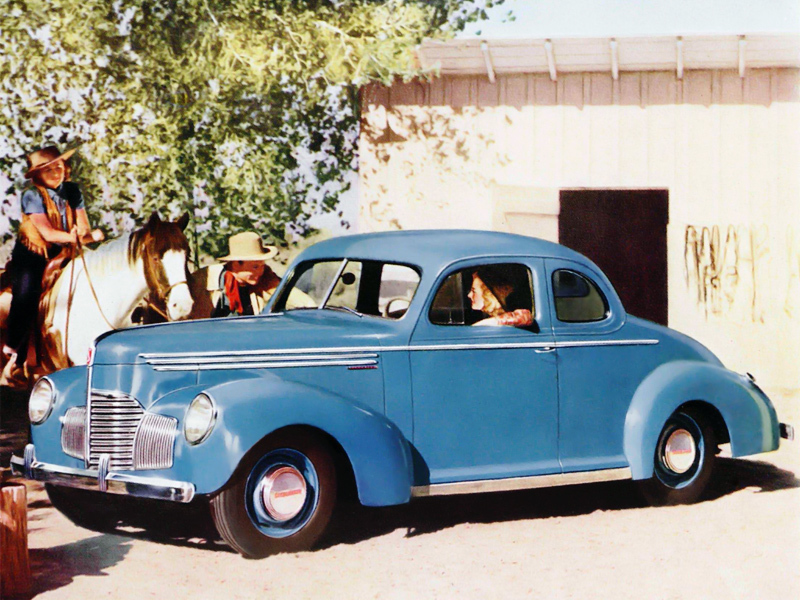
In conclusion, the very stylish 1930s Studebaker models will always be a part of our automotive heritage. For more on Studebaker's history, visit the Studebaker National Museum’s website at www.studebakermuseum.org.
Bibliography
Hall, Asa E, and & Longworth, Richard M.. “The Studebaker Century: A National Heritage.” 1983.
Langworth, Richard M. “Studebaker: The Postwar Years.” 1979.
Moloney, James H. “Encyclopedia of American Cars: 1930 to 1942.” Crestline Publishing, 1977.


